Here are the best Indoor Plants that Absorb CO2 at Night that will make the surrounding air healthy, helping you sleep better!
While most of the plants absorb carbon dioxide during the daytime, there are some Indoor Plants that Absorb CO2 at Night too! Surprised? Have a look at the best ones you can grow.
Check out our article on the most oxygen-producing houseplants here
Plants that Absorb CO2 at Night
Generally, plants consume CO2 and release oxygen during the day, known as Photosynthesis, and absorb oxygen and emit CO2 during the night that is known as Respiration.
CAM plants absorb CO2 during the night and store it in the form of a four-carbon acid known as ‘Malate’ that is released during the day. This process helps the plant to conserve water by opening stomata in the night.
Have a look at the most effective co2 absorbing houseplants proven by science here
Best Indoor CAM Plants
1. Snake Plant
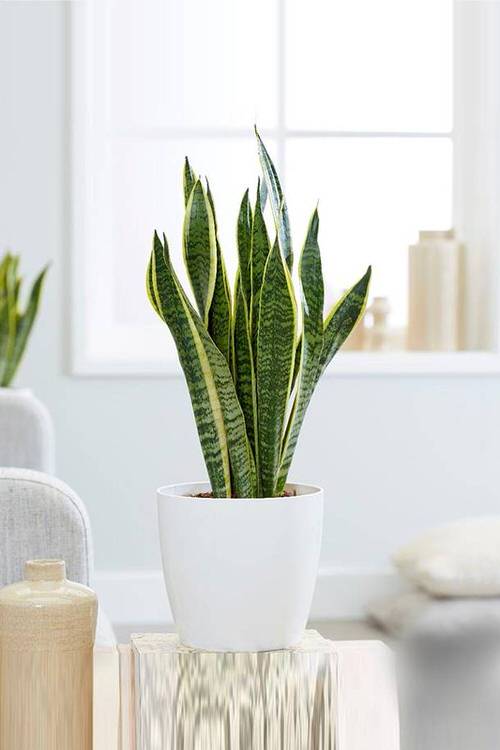
Botanical Name: Sansevieria trifasciata
In a study at Naresuan University, Phitsanulok, Thailand, the snake plant can absorb CO2 at 0.49 ppm/m3 in the closed system.
Here’s all you need to know about growing snake plant indoors
2. Cactus

Botanical Name: Cactaceae
Being a CAM plant, cactus absorb CO2 at night from the atmosphere; it loses less water by opening stomata during the night.
Check out our article on the best types of indoor cacti here
3. Aloe Vera
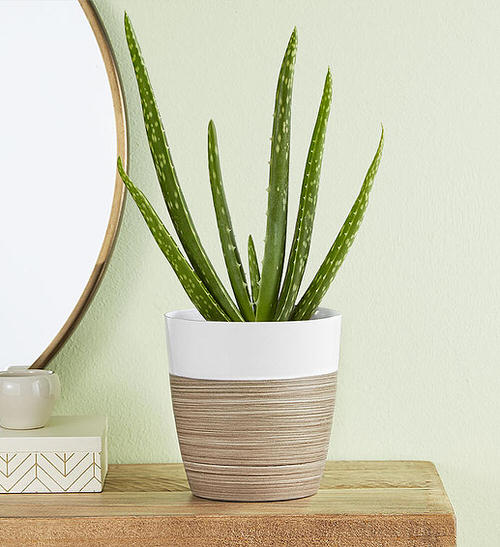
Botanical Name: Aloe barbadensis miller
Aloe vera opens its stomata during the night to reduce water loss. The CO2 obtained at this time is kept in vacuoles as malate.
Here are some other benefits of growing an aloe vera
4. Orchid

Botanical Name: Orchidaceae
In this research on Phalaenopsis and its hybrids, it has been observed that the CO2 absorption increases at night time, making it a great plant for bedrooms!
Check out our article on the best Orchid varieties here
5. ZZ Plant
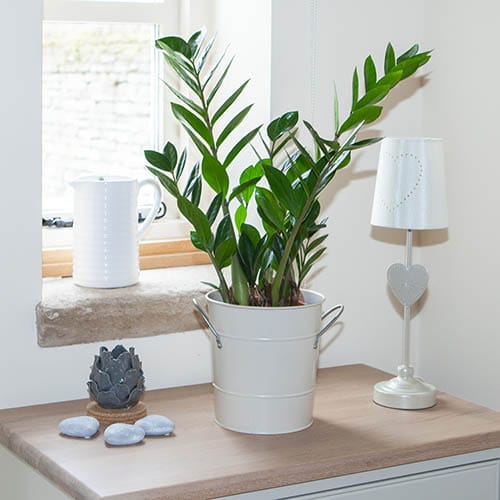
Botanical Name: Zamioculcas zamiifolia
ZZ plant is an ideal choice for your bedrooms because it also follows CAM and absorbs CO2 during the night, making the indoor air healthy and fresh to breathe.
Here’s all you need to know about propagating a ZZ plant
6. Kalanchoe
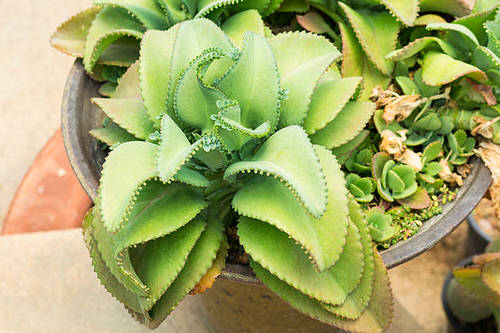
Botanical Name: Kalanchoe
Kalanchoe plants are also efficient in absorbing CO2 at night from the atmosphere and make the surrounding air more fresh and breathable.
Check out our article on growing Kalanchoe indoors here
7. Wax Plant

Botanical Name: Hoya carnosa
The thick waxy foliage and rope-like stems of hoya conserve water and also soak CO2 in the night. They survive in droughts and manage in dry indoor air easily too.
8. Ponytail Palm
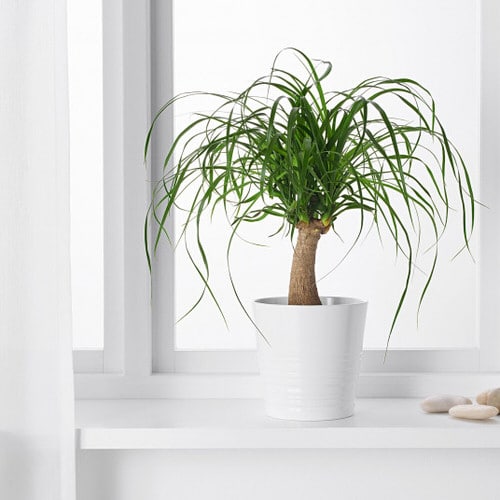
Botanical Name: Beaucarnea recurvata
Ponytail is actually succulent but it is called ‘palm’ because of its appearance. It is drought-tolerant, doesn’t open stomata during the day, and its leaves release oxygen at night.
9. Jade Plant

Botanical Name: Crassula ovata
Jade plants follow CAM, and they can absorb CO2 during the night and boost the air quality. They reduce CO2 at night and execute photosynthesis during the day through Calvin cycle.
Here’s all you need to know about growing jade plant indoors
10. Purslane
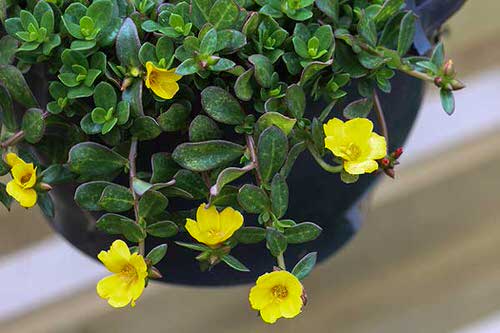
Botanical Name: Portulaca oleracea
Not only the plant thrives in indoor conditions, but its leaves are also a great source of vitamin C, dietary fiber, and omega-3. Under drought, it performs CAM.



Thank you. This article was very helpful.
Thanks for this article, I was a little confused on the rate of absorption by the snake plant, but looking at the study referenced shows that it is per second, i.e. 0.49 ppm/m3/sec. Good to know! However, it may be less when accounting for the CO2 given off by the plant – not sure.